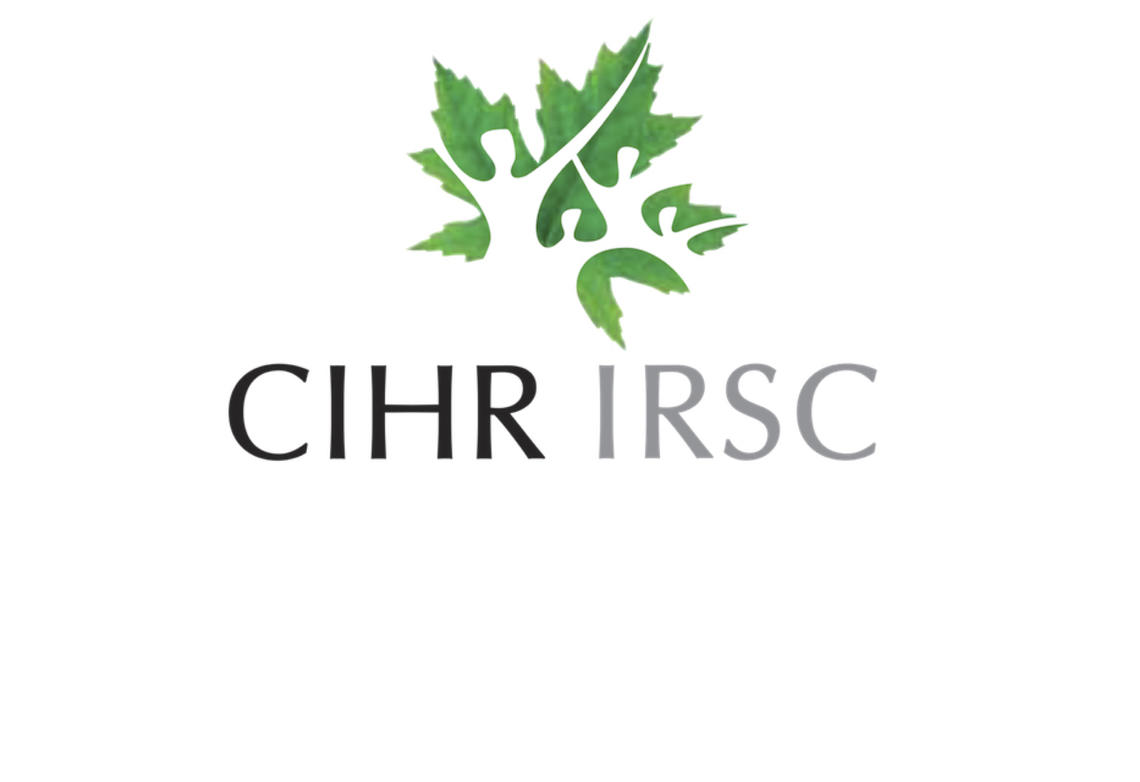
Digital Public Health Surveillance

Digital Public Health Surveillance
Digital platforms such as social media and search engines effectively capture people’s online activities. Because online users freely share their activities and opinions about a variety of topics related to health, such digital data can support novel public health surveillance. Compared to traditional surveillance systems based on surveys or case reporting, digital data enable real-time surveillance with much greater temporal and spatial resolution. In this research area, we have utilized Twitter, Google Trends, and Yelp to investigate various surveillance opportunities. In particular, we are using large-scale Twitter data and machine learning to monitor physical activity, sedentary behaviour, and sleep quality at the population level.
Related Publications

Z. Shakeri Hossein Abad, G. Butler, W.Thompson, and J. Lee, Physical activity, sedentary behavior, and sleep on Twitter: multicountry and fully labeled public data set for digital public health surveillance research, JMIR Public Health and Surveillance, 8(2):e32355, February 2022. [GitHub]
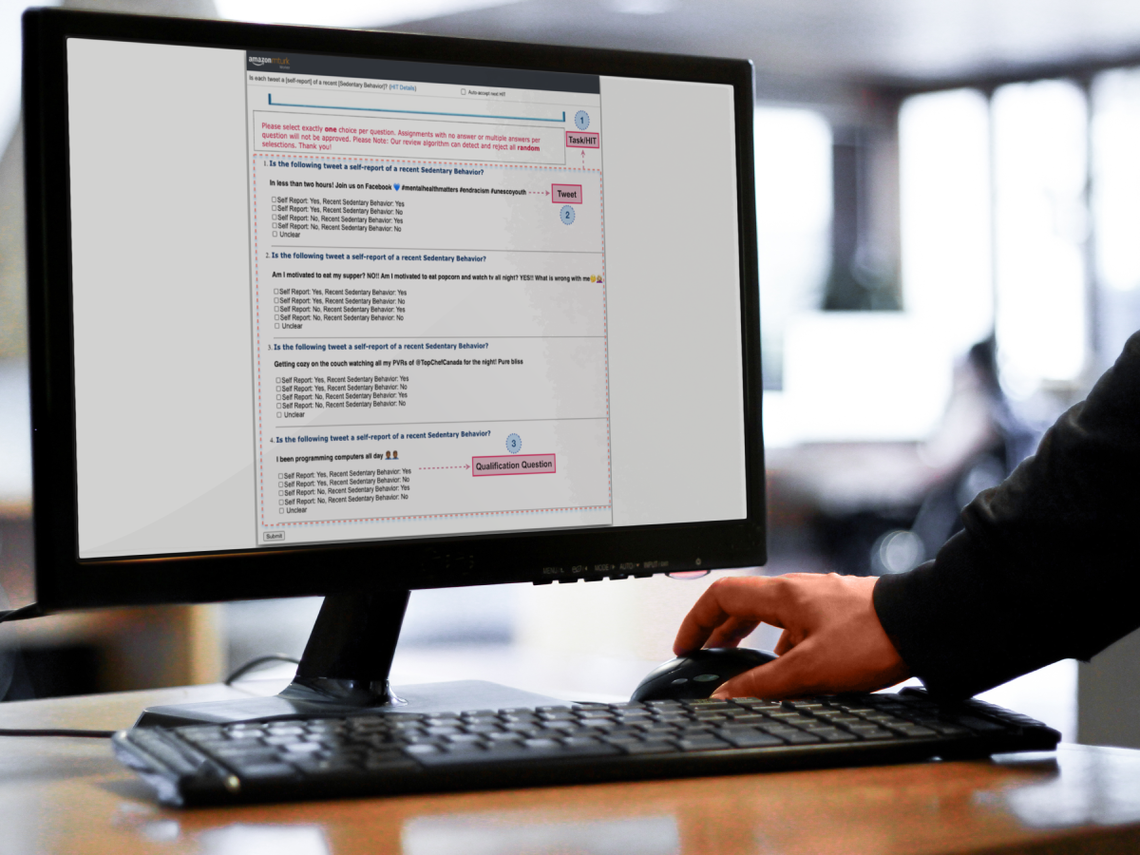
Z. Shakeri Hossein Abad, G.P. Butler, W. Thompson, and J. Lee. Crowdsourcing for machine learning in public health surveillance: lessons learned from Amazon Mechanical Turk. Journal of Medical Internet Research, 24(1):e28749, January 2022. [GitHub]
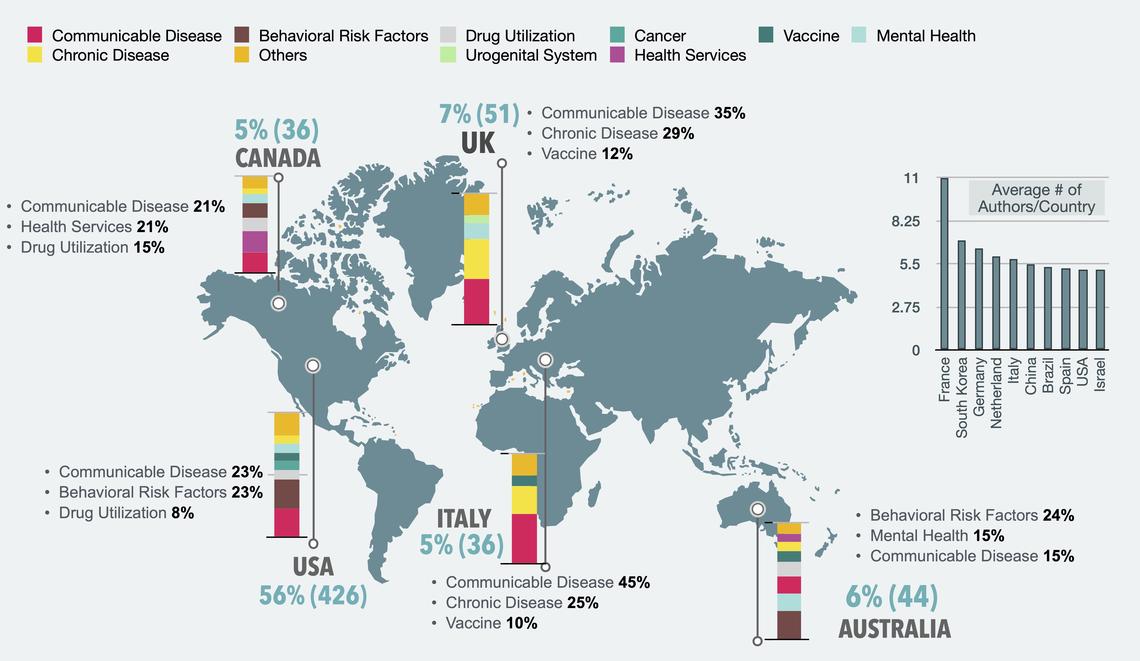
Z. Shakeri Hossein Abad, A. Kline, M. Sultana, M. Noaeen, E. Nurmambetova, F. Lucini, M. Al-Jefri, and J. Lee. Digital public health surveillance: a systematic scoping review. npj Digit Medicine, 4(1):41, March 2021. [Visual Dashboard]
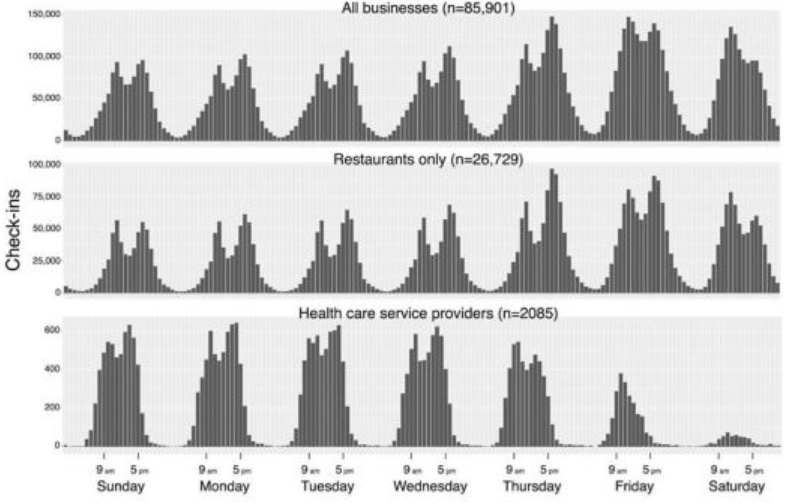
N. N. Tran and J. Lee. Online reviews as health data: examining the association between availability of health care services and patient star ratings exemplified by the Yelp academic dataset. JMIR Public Health and Surveillance, 3(3):e43, July 2017.
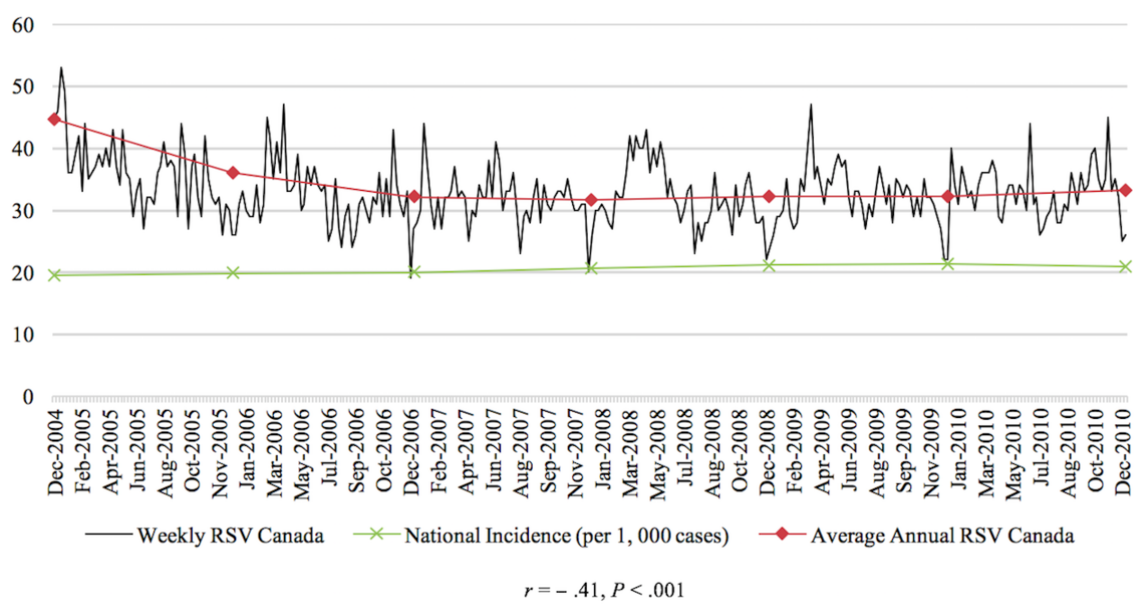
R. Ling and J. Lee. Disease monitoring and health campaign evaluation using Google search activities for HIV and AIDS, stroke, colorectal cancer, and marijuana use in Canada: a retrospective observational study. JMIR Public Health and Surveillance, 2(2):e156, October 2016.
Funded By

